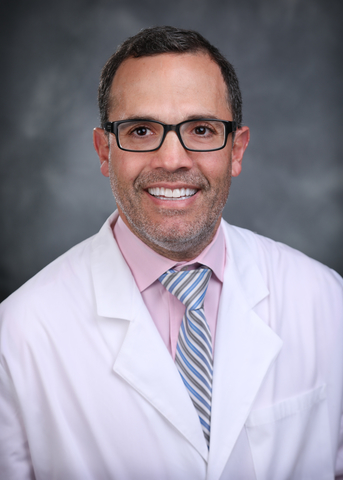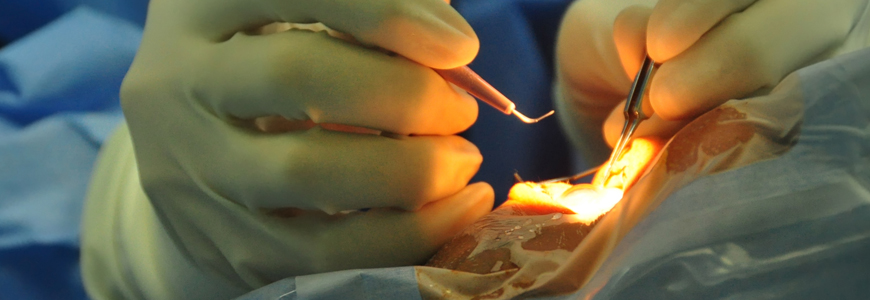Strabismus commonly presents in children, but the prevalence of this ocular alignment condition is increasing in adults, particularly in the elderly population. For the approximately 10 million adults in the United States with this condition, their cases often require complex surgical techniques to correct.
Federico G. Velez, MD, a Duke ophthalmologist who specializes in the surgical treatment of ocular misalignment and associated diplopia, describes several innovative surgical techniques in the ever-evolving field of adult strabismus that are less invasive and more selective than traditional treatments for complex cases.
In a June 2019 study published in The Journal of American Association for Pediatric Ophthalmology and Strabismus, Velez and his colleagues introduced the concepts of anterior tuck of the superior oblique, selective transposition surgery, and adjustable selective compartmental surgery. These highly selective surgical approaches make it possible for surgeons to operate on individual eye muscles, affecting fewer blood vessels and minimizing the risk for anterior segment ischemia.
“These advanced anatomical concepts show that you don’t really need to operate on the entire muscle to see results,” he says. “Doing selective surgery preserves a lot of muscle that is not touched and results in a faster surgical procedure and better surgical alignment.”
Velez says that sometimes surgery is not enough to correct strabismus. The adjustable transposition surgical technique enables surgeons to adjust the final position of the rectus muscle postoperatively, when the patient is awake, fine-tuning the alignment and achieving better surgical outcomes. This technique minimizes scar tissue formation and is particularly useful in patients who have lost movement due to head trauma or neurosurgical intervention, as they are able to recover some of the movement.
Doing selective surgery preserves a lot of muscle that is not touched and results in a faster surgical procedure and better surgical alignment.
Federico G. Velez, MD
Additionally, for patients with comorbidities that put them at high risk for complications with the use of topical anesthesia, Velez has pioneered at Duke a minimally invasive procedure in which patients can remain fully awake with no pain. This approach enables the surgeon to assess the patient’s alignment intraoperatively and determine whether further surgery is needed. “It is becoming almost the standard for my practice in adults over age 50 or 60, and the experience of the patients has been very positive,” he says.
The implications for older adults with strabismus are significant, Velez says. “Studies have shown that many people over the age of 65 will have some kind of problem related to ocular misalignment, which creates a higher risk for falls and fractures,” he notes.
These minimally invasive techniques give hope to adult patients for a higher quality of life, Velez notes. In addition to correcting the ocular misalignment, surgical treatment can minimize the psychosocial comorbidities—such as anxiety, schizophrenia, depression, and mood disorders—that often present with the condition, and the associated diplopia that inhibits patients from doing their everyday activities, he adds.
“Complicated forms of ocular misalignment require university-level expertise to treat surgically,” says Velez. “Very few people in the country are trained or feel comfortable doing such advanced techniques, but this is an expertise we have at Duke.”

